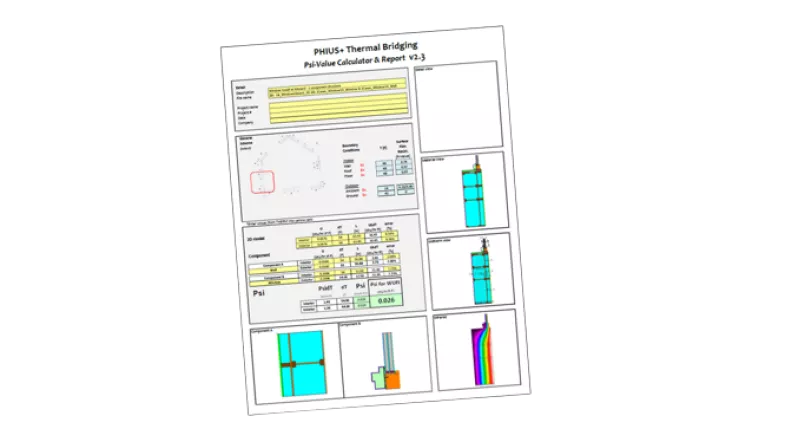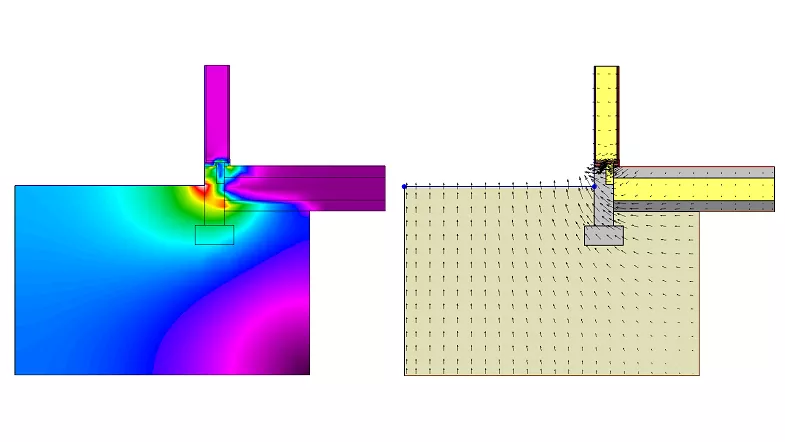
Hands-On Virtual Learning
The course is 10 hours long in total, spread over 3 days of live instruction in one week. It will be made up of live presentations, instructor-led tutorials through the software where students are encouraged to follow along, and group workshop sessions for students to review and analyze results for pre-calculated details and gear up to calculate their own details.









